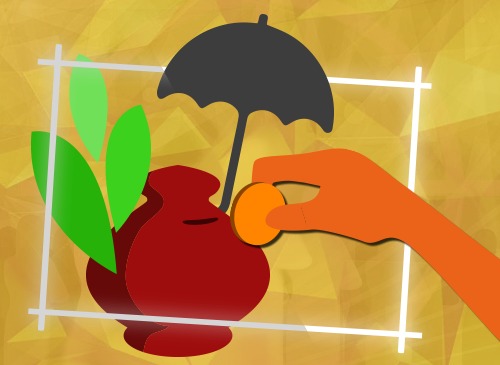What holds true across the spectrum of entrepreneurs also holds true for microfinance customers, perhaps even more. I keep pointing out how the microfinance industry has been given a specific mandate based on a specific customer base.
Microfinance is no ordinary financial industry. This industry’s mandate is to provide much-needed capital to budding entrepreneurs who are shunned by the formal financial system. The three I’s nicely encapsulate the mandate of the industry.
The first “I” is Invest. The entire structure of the microfinance industry is built on this tenet. Microfinance is not a recent idea and has been around for centuries. But the repurposing of the entire structure for the alleviation of poverty happened in the 20th century through the experiments of Muhammad Yunus, the Bangladeshi economist who won global recognition for his effort, including the Nobel Prize. I talked about it in my last blog as well.
The microfinance movement started with the assumption that if we give the poor access to capital instead of a survival dole, they will turn it into a productive stream. The hawkers that we see on suburban trains, the roadside tea shops or the door-to-door hawkers are all entrepreneurs. Below them are the aspiring entrepreneurs who do not have the resources to buy the basic kit to start hawking.
We have a significant number of such aspiring entrepreneurs for whom the doors of institutional capital are shut. This is where the microfinance industry comes in. Unlike other financial institutions, the microfinance industry was born to expressly meet this demand and has grown with the focus on poverty alleviation.
But providing them with investible capital is not enough. Some handholding is necessary. This is another point that sets aside the microfinance industry. Shaping raw enterprise to fit the market is a big role for the microfinance industry. Creating books of accounts, tracking expenditure, paying back loans and a lot of related stuff is essential to keep the loan capital productive. In short, oversight in the productive deployment of capital is an important part of the game.
This handholding is the second “I”——incubation, which is the structuring of the business. The microfinance industry is expected to actively participate in this incubation.
The third “I” is a comparatively recent addition to the microfinance business: insurance or micro-insurance, to be specific. Every day, we face a clutch of risks that affects our financial or physical well-being. The well-off can buy insurance of all sorts——medical, health, life, home, car or even travel. The microfinance industry’s customers could not buy such insurance. Not just because they are ignored by the formal financial system, but also because they could not afford it even if they had access to it. This had serious implications for them and their families.
Out-of-pocket expenses for medical treatment could wipe out their life’s savings and assets. The sudden death of the breadwinner could jeopardise the family’s financial life. With micro-insurance now made available for the people at the base of the pyramid, such risks are covered at the lowest possible cost. The microfinance industry is now also tasked with creating awareness about the need for insurance and then making such insurance available to them.
So while investment through access to easy capital leverages the enterprise in the customers, incubation ̛polishes that ability into a structured skill. And insurance protects customers from various life risks. These three I’s, therefore, define the entire microfinance industry and enable the enterprising lot at the bottom of the pyramid to break out of the vicious cycle of poverty into the world of prosperity.






